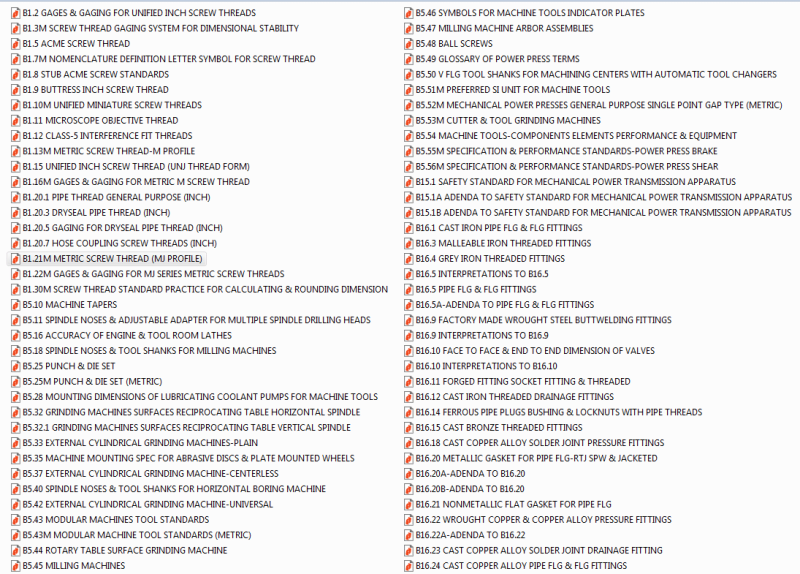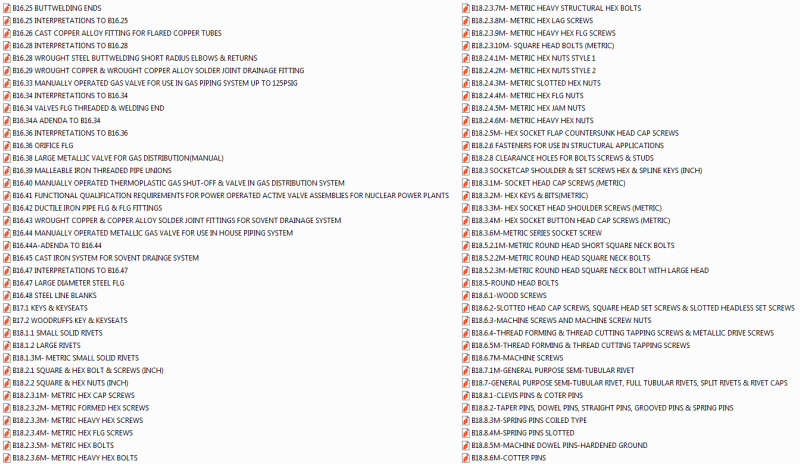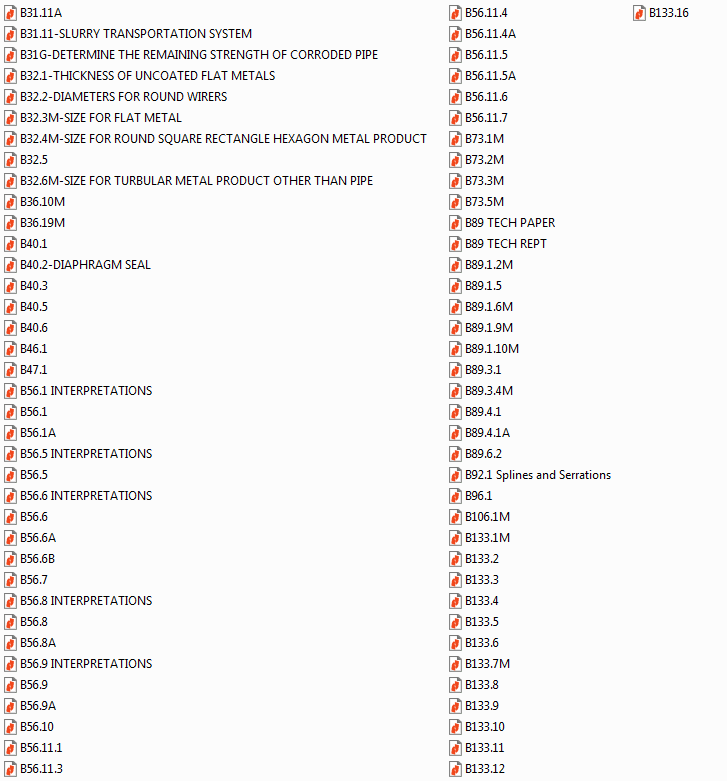mjsamman
Mechanical
- Nov 22, 2008
- 22
HI
I need the procedure for Cutting, welding and purging of hydrocarbon pipe line and which standard shall I follow, please
I need the procedure for Cutting, welding and purging of hydrocarbon pipe line and which standard shall I follow, please




